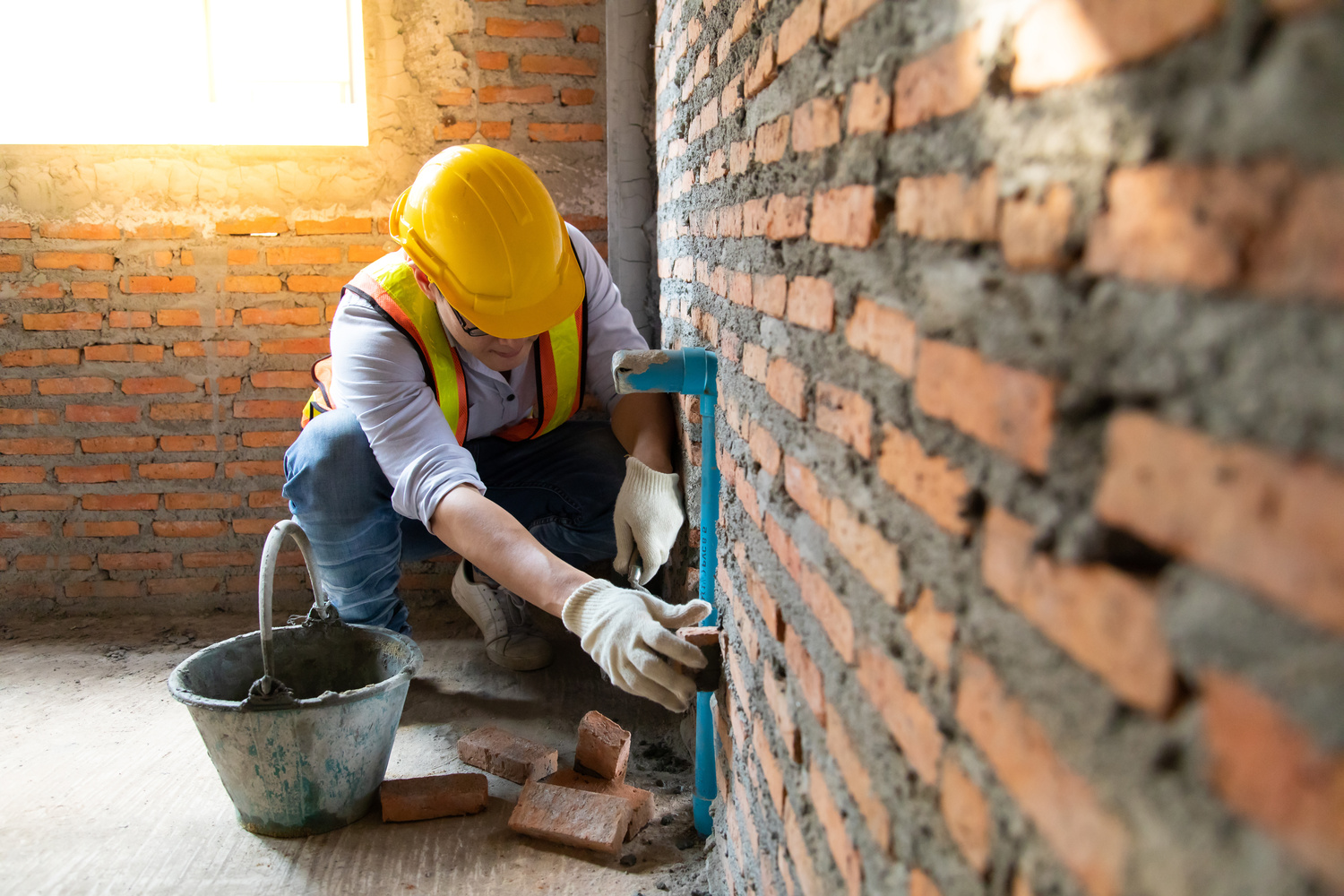In the realm of construction, masonry stands as a testament to both artistry and engineering. The word ‘masonry’ conjures images of sturdy brick walls, grand stone facades, and intricate architectural details. Yet, beneath this surface beauty lies a rich history and a complex set of skills that have shaped the world’s most iconic structures. In this comprehensive exploration, we will uncover the art and science of masonry, tracing its origins, the materials and techniques involved, its modern applications, and the enduring impact it has on architecture and construction.
The Historical Tapestry of Masonry
- Ancient Origins:
Masonry dates back to ancient civilizations like the Egyptians and the Sumerians, who used sun-dried bricks and early forms of mortar. These early masons laid the foundation for the craft that would shape the future of construction.
- Roman Mastery:
The Romans were renowned for their mastery of masonry. They introduced the use of concrete and arches, which revolutionized construction and led to the creation of iconic structures like the Colosseum and aqueducts.
- Medieval Marvels:
The Middle Ages saw the construction of towering cathedrals and grand castles in Europe, showcasing the intricate craftsmanship of medieval masons. These structures are still admired for their enduring beauty and structural integrity.
The Materials and Techniques of Masonry
- Brick Masonry:
Bricks, typically made from clay or shale, are a common masonry material. They can be laid in various patterns and are known for their durability and versatility in both structural and decorative applications.
- Stone Masonry:
Stone masonry involves the use of natural stones like granite, limestone, and marble. It requires precision in cutting and shaping stones to fit together seamlessly, creating enduring structures with timeless elegance.
- Concrete Masonry:
Concrete blocks and reinforced concrete are widely used in modern masonry. This versatile material allows for cost-effective construction and can be molded into various shapes and finishes.
- Mortar:
Mortar, a mixture of cement, sand, and water, serves as the ‘glue’ that holds masonry units together. The choice of mortar type and consistency is crucial for the strength and longevity of a masonry structure.
- Architectural Styles:
Masonry is characterized by a wide range of architectural styles, from Gothic pointed arches to Classical columns and ornate Renaissance detailing. Each style reflects the aesthetic preferences of its era.
The Modern Applications of Masonry
- Residential Construction:
Masonry is commonly used in residential construction for foundations, walls, chimneys, and fireplaces. It adds durability and aesthetic appeal to homes.
- Commercial Buildings:
Commercial structures often feature masonry elements such as facades, accent walls, and decorative details that convey a sense of solidity and timelessness.
- Landscaping:
Masonry extends beyond buildings to outdoor spaces. Retaining walls, pathways, and garden features are often crafted using stone or brick masonry.
- Restoration and Preservation:
Masonry plays a crucial role in the restoration and preservation of historic buildings, ensuring they stand the test of time while retaining their original character.
The Enduring Impact of Masonry
- Structural Integrity:
Masonry is renowned for its structural strength and ability to withstand the test of time. Many ancient masonry structures continue to stand centuries after their construction.
- Aesthetic Appeal:
The artistry of masonry endures through its ability to create visually stunning and enduring structures, adding character and charm to our built environment.
- Environmental Benefits:
Masonry materials like brick and stone are sustainable choices, as they are natural, non-toxic, and energy-efficient. They contribute to environmentally friendly construction practices.
The Mason’s Legacy
Masonryis a testament to the synergy of art and science in the world of construction. From ancient wonders to modern marvels, masonry continues to shape our cities and landscapes. It stands as a bridge between the past and the future, offering both structural reliability and timeless beauty. Whether it’s the towering arches of a cathedral or the quaint brick façade of a historic home, masonry near me is a living testament to human ingenuity, craftsmanship, and the enduring desire to build for the ages. As we move forward, masonry will continue to shape our world, creating spaces that are not only functional but also works of art that inspire and endure.


















